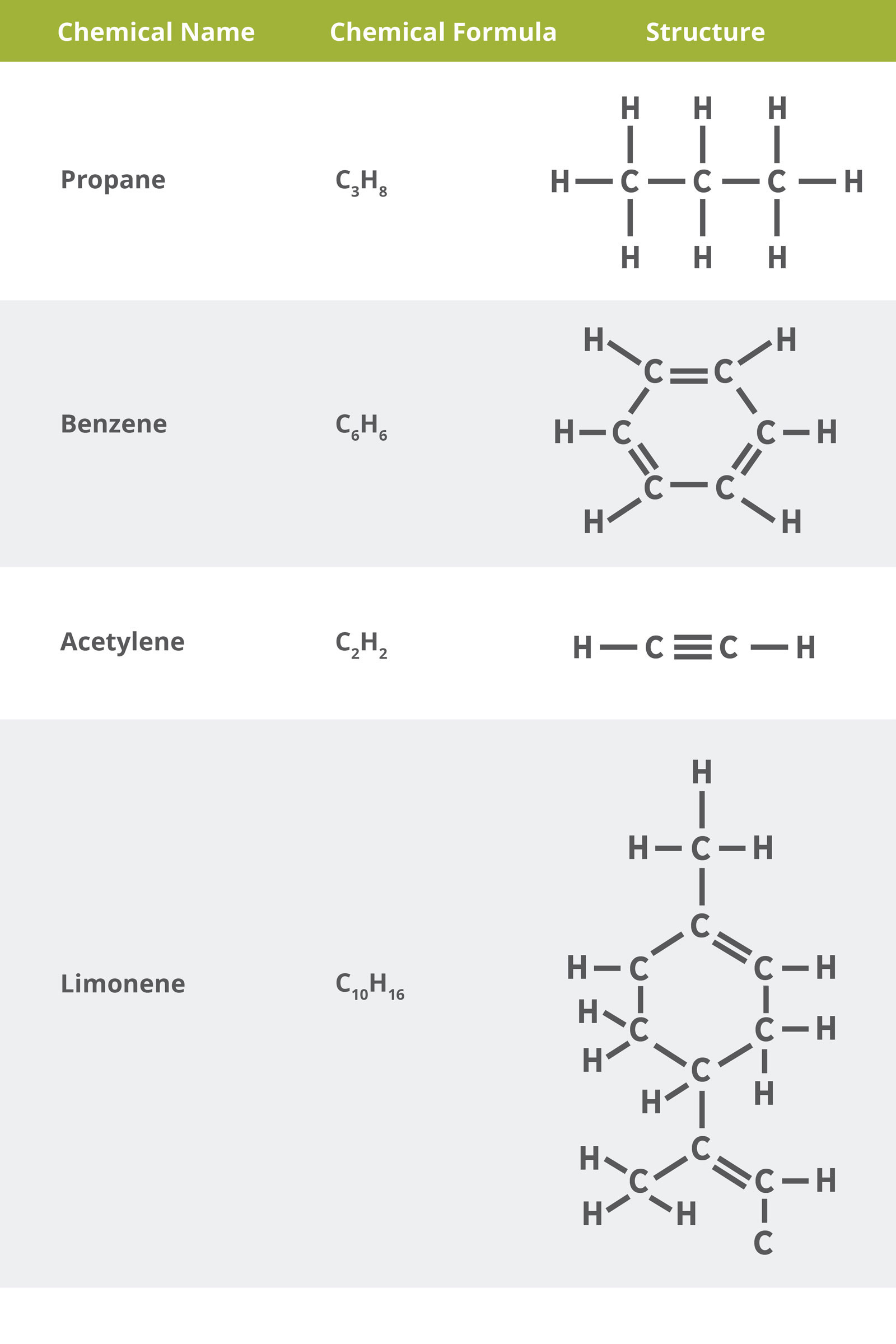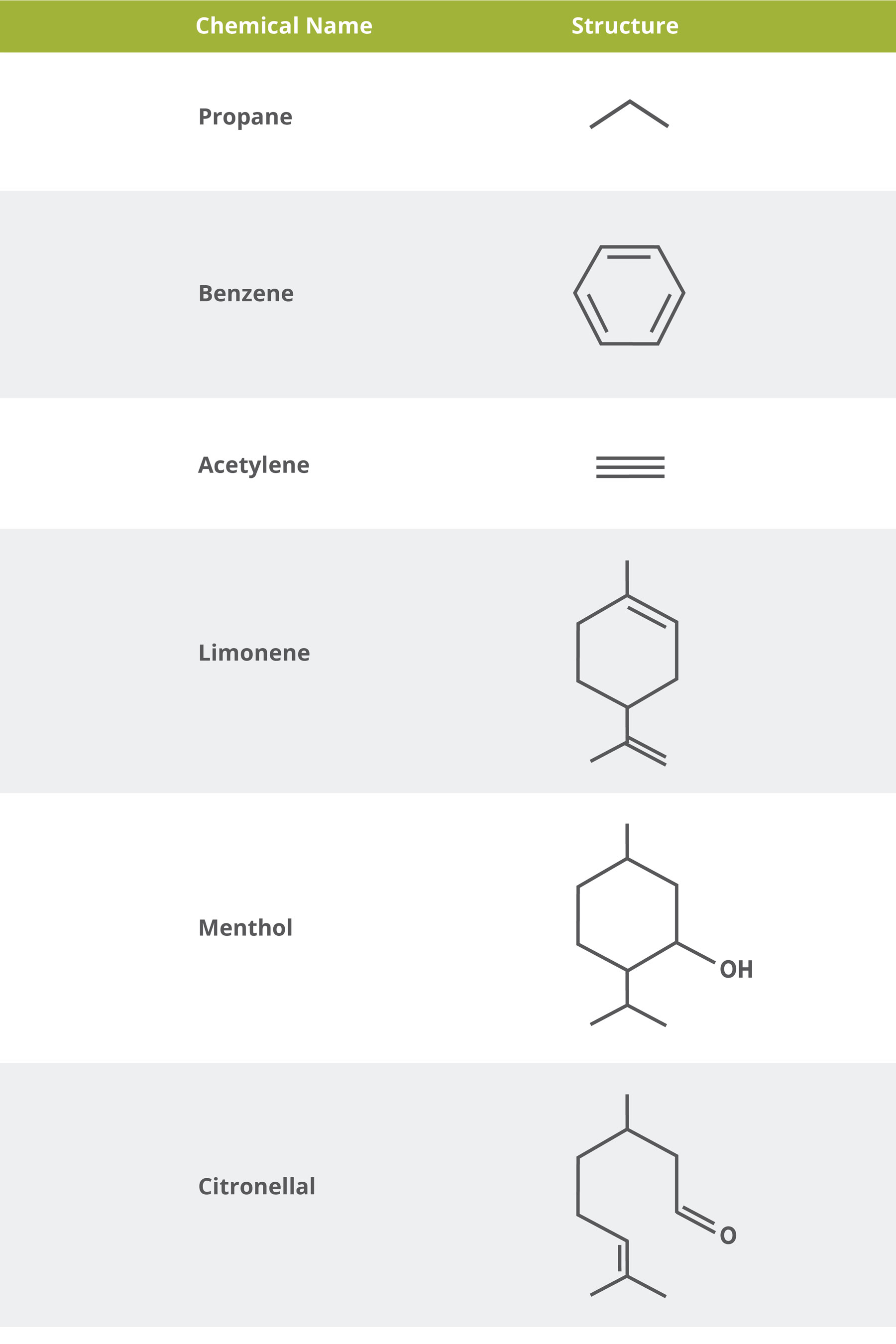Origin: a Latin derivative
meaning "Gift of the Earth."
- Shop
-
Our Story
- View Our Story Home
-
Who we are...
-
Who we are...
An essential oil company changing the world one drop at a time.
- About doTERRA
- Our Story
- Executives
- Science
-
-
What we do...
-
What we do...
Provide pure, high quality essential oils and products.
- About Essential Oils
- What is an essential oil?
- Why doTERRA?
- Essential Oil Safety
-
-
Why we do it...
-
Why we do it...
To empower you and your loved ones to live a wellness lifestyle.
- The dōTERRA Difference
- Co-Impact Sourcing
- CPTG® Quality Control
- Global Botanical Network
- Product Innovation
- Source to You
- Co-Impact Sourcing Projects
- Bulgaria
- Guatemala
- Additional Projects
-
-
dōTERRA[doh-ter-ah]
Video disabled by your privacy settings
-
Discover
- View Discover Home
- Healing Hands
- Product Education
- Blog
- Tools
-
doTERRA Events
 See All Events
See All Events
- Resources
- Help
Part 3: Basics of Organic Chemistry—Molecular Structures

An important skill in chemistry is the ability to draw and recognize the structures of different molecules. Generally, molecules are drawn using the symbols of the atoms (remember the symbol can be found on the Periodic Table) that are connected with straight lines. These lines represent the covalent chemical bonds that are formed between the atoms making up a molecule. One line indicates a single bond, two lines indicate a double bond, and three lines indicate a triple bond. Below is a chart showing the name and chemical structure for some simple molecules. In the chemical structures below, note the atoms themselves and the bonds between them.

Because hydrocarbons occur so frequently in organic chemistry, there is a simplified way for drawing their structures. With this simplified method, carbons are represented by corners or the end of a line and the lines themselves represent chemical bonds. Hydrogen atoms are omitted from the depictions and their position is assumed in any space not filled with a bond to another molecule (remember that each carbon will always have a total of four bonds). Any atoms other than carbon and hydrogen are depicted with their proper chemical symbol. Look at the chart of molecules below. In the first column is the molecule’s name, in the second column is the molecule’s structure in shorthand notation.
-
Share
- Share on Facebook
- Tweet this
- Pin it
-
Get Link
- Hi-Res Image




